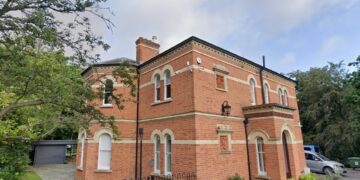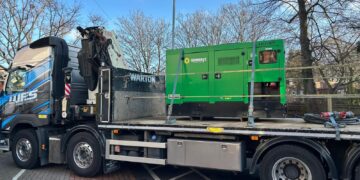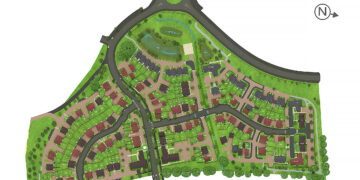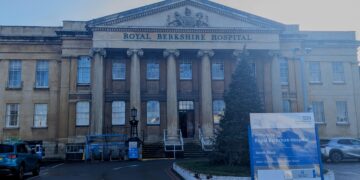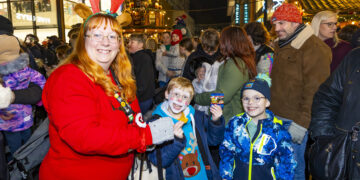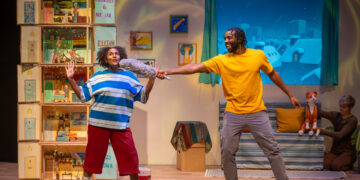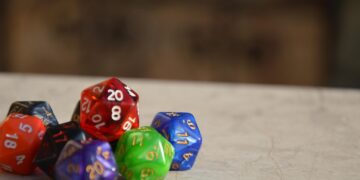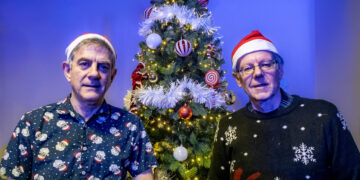Antony Gormley’s art is both public and accessible.
The Angel of the North towers 20 metres above the M1, but motorists can park right by it, go and touch the steel sculpture and pick the wildflowers growing on the grassy hillside.
Gormley built it as a commemoration to the miners that worked beneath the site of the old pithead where it now stands.
Rosalind Whyte’s talk to members and guests of The Arts Society Wokingham was both entertaining and informative.
She explained the complex physical process that Gormley undertook to create one of his early installations, Bed, which is on display in the Tate.
He moulded his own body in plaster of paris. He used this mould to create the life-size human shape of the indentations in two piles of slices of Mother’s Pride bread.
Finally, he ate the volume of his own body that he had sculpted out of the two piles.
For his series of Field sculptures in the 1990s, Gormley used community groups from all around the world to help create the installations.
The first, American Field, consists of 35,000 clay figures.
These were made by an extended family of Mexican brick makers who followed Gormley’s instruction that each piece was to be hand-sized and easy to hold, eyes were to be deep and closed and the head was to be in proportion with the body.
Field of the British Isles followed in 1993.
This time, 40,000 similar clay figures were created in a school hall in St Helens by 100 local people over five days. By involving local people, Gormley hoped to instil a sense of ownership into his projects.
Public involvement we also behind his One & Other project in 2009. In all, 2,400 members of the public applied to occupy the fourth plinth in Trafalgar Square for an hour each for 100 days; transforming it into a living sculpture.
Finally, Rosalind introduced us to Gormley’s more recent abstract installations.
The Room was added on to the front of the Beaumont Hotel, London in 2014.
On the inside, it is a bespoke hotel suite but externally it is a huge cubist sculpture of the human form.
Similarly Doubt, installed in an empty niche on the west front of Wells Cathedral in 2021, is an iron cast block human figure.
Gormley said of its positioning, “I am very aware of the paradox of placing an object called DOUBT on the facade of a building devoted to belief, but it seems to me that doubting, interrogating, questioning, are all part of belief.”
Rosalind gave her audience a great insight into the reasons why this contemporary sculptor’s work is so appealing and meaningful to people.
As one member said: “It was a wonderful insight into Antony Gormley’s’ work, his techniques and philosophy, extremely well illustrated and delivered.”
Next season, the Society has another wide variety of arts-related talks planned for its members.
Come and learn about putting on a play from an actor’s perspective, hear Marc Alum’s fascinating tales of his life as an auctioneer, appreciate Sorolla’s paintings, full of life and colour, study the detail of Picasso’s Guernica, and enjoy the beauty of ancient Palmyra: the Bride of the Desert and much more.
The first lecture on Monday, September 19, at 7.45pm, not only unravels the meaning of the 15th century Ghent Altarpiece but explores its later history, including its finding by the Monument Men in 1945.
If you love the arts, why not come and join in at Newbold Church or online?
Guests are always welcome.
Take a look at the Society’s website, www.The ArtsSocietyWokingham.org.uk
SUE BRYANT



